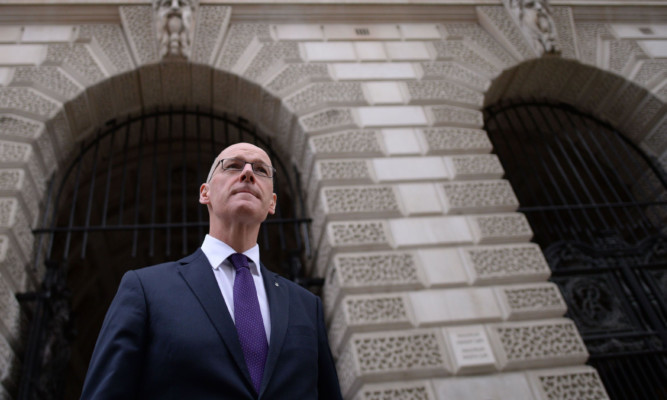The Scottish Government is to set out plans for more powers to be added to the Scotland Bill this week.
At Westminster last week, the SNP submitted an amendment to the proposed legislation which it says could make MSPs responsible for taxation, borrowing and public expenditure north of the border.
Deputy First Minister John Swinney will argue that transferring responsibility for business taxes, employment law, minimum wage, further welfare power and equality law will allow the Scottish Government to grow the economy and create a fairer society.
The demand for Scotland to gain “full fiscal responsibility” was a central plank of the SNP’s general election manifesto campaign, which saw the nationalists win all but three of the country’s 59 Commons constituencies.
But it saw Nicola Sturgeon’s party come under fire from the pro-UK parties, who cited research by the Institute for Fiscal Studies (IFS) warning that the policy could leave Scotland facing a funding gap of £7.6 billion.
Mr Swinney said: “The Scotland Bill must deliver real power for the Scottish Parliament.
“It must fulfil the Smith Agreement in full but we have always said we will argue for more levers to grow our economy and tackle inequality.
“The Scottish Government believes we should move towards full fiscal autonomy as the best route to fulfil Scotland’s potential.
“In the meantime, we are prioritising the transfer of additional powers to incentivise key sectors, raise productivity and attract investment.
“Powers over the minimum wage, employment policy and benefits would allow us to build a coherent approach to training, education and support for people out of work or experiencing in-work poverty.
“We would use powers over equality to create a fairer society by tackling the gender pay gap and strengthening protection from discrimination.
“These are our priorities and I will be making the case for swift devolution of further powers to the Secretary of State for Scotland.”
